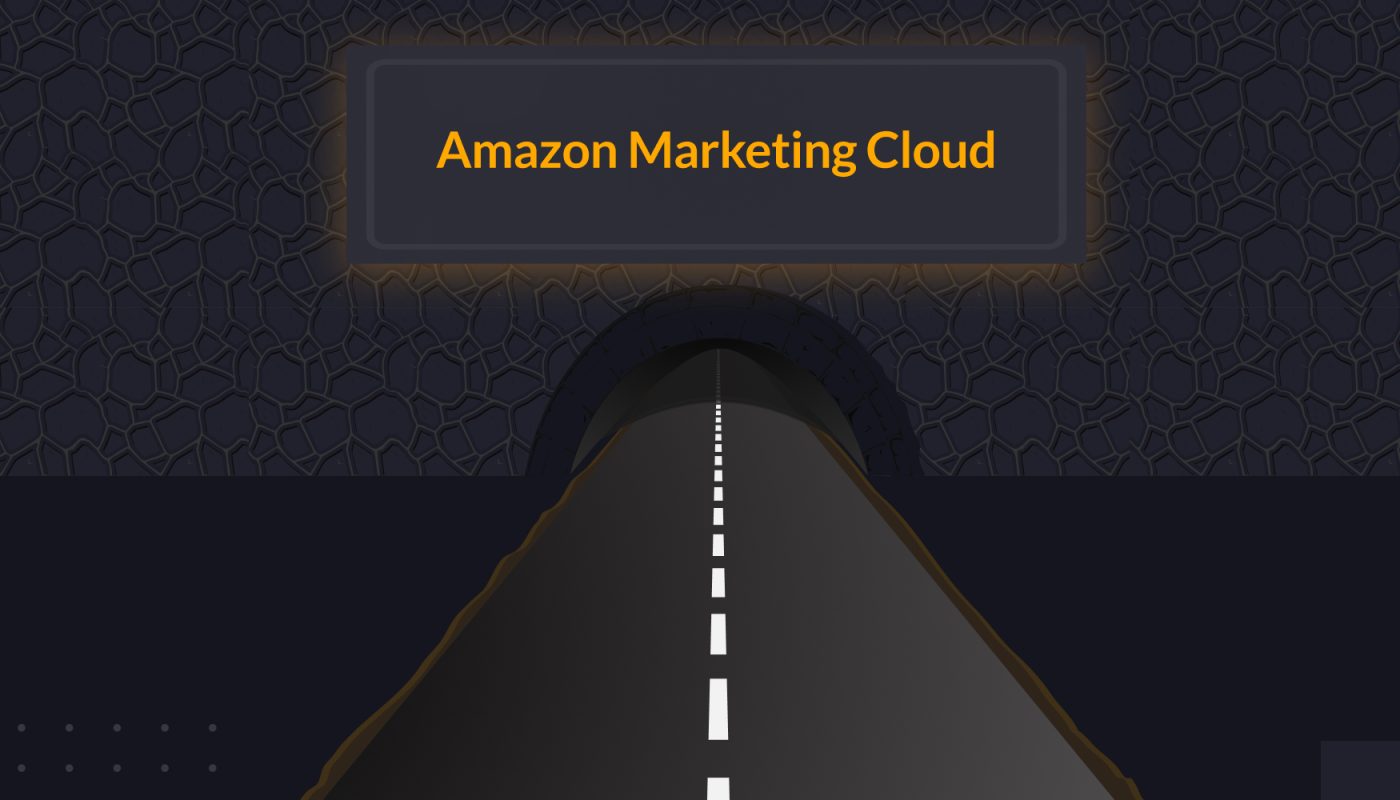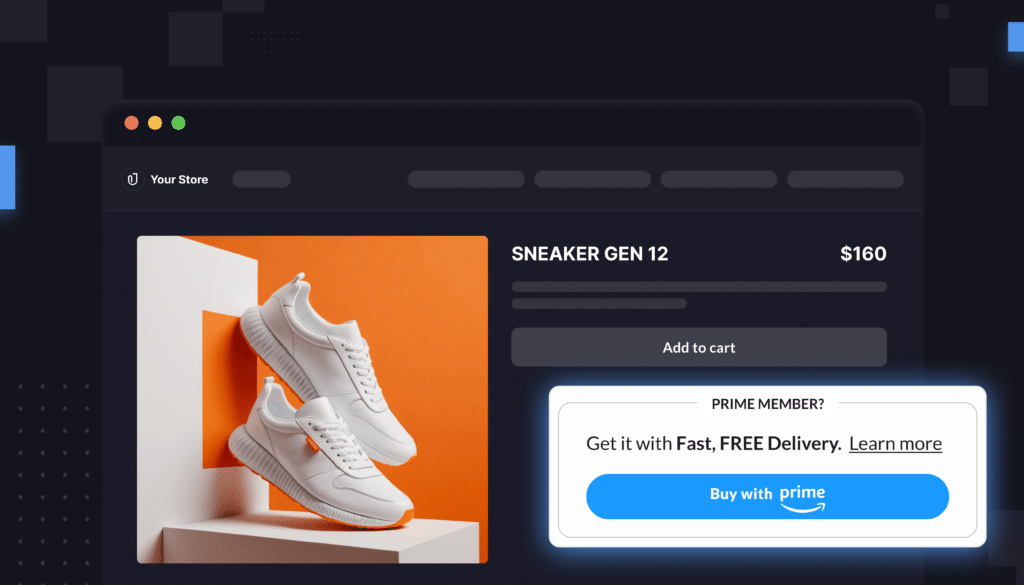What if there was a simpler way to know if you’re ready to benefit from the insights in Amazon Marketing Cloud?
At Intentwise, we often encounter small- or medium-sized brands who are low or medium spenders on DSP, and they want to know how to tell when AMC is worth their time.
Basically: If you’re not a top spender on Amazon DSP ads, how useful are the insights you can get from AMC?
It’s a good question. While Amazon Marketing Cloud is available free of charge to anyone who advertises on DSP, there is of course a cost to using it. You pay for AMC in one of two ways:
Manpower, if you hire someone to write SQL queries or create audiences for you.
Software, if you simplify the process with a platform like Intentwise Explore.
For as intriguing as AMC might sound, brands are inevitably going to have to weigh the price of investment against the cost savings of the insights they might receive.
How do you do that? The answer varies from brand to brand, but here’s one way we’ve started to think about it.
How much is 40% of your DSP spend worth to you?
Since we’ve started onboarding customers into Intentwise Explore, our platform that supercharges your use of Amazon, we’ve discovered that several brands have been dramatically overexposing shoppers to ads.
Some were accidentally putting as much as 40% of their DSP spend toward shoppers who were already exposed to ads 10+ times.
What’s worse, the purchase rate of these overexposed shoppers was far lower than for the typical shopper. So that 40% of DSP ad spend was going to waste.
Within Intentwise Explore, it is incredibly easy to create a negative audience that stops these overexposed shoppers from seeing your ads. You can set daily or hourly frequency caps in DSP for each order or line item normally, but only in AMC can you set lifetime ad exposure caps. Overnight, with one AMC audience, you’ve just saved 40% of your DSP spend.
Think of your own business. If you start using AMC, you might find out that you, too, are overexposing 20-40% of your shoppers to ads. With a single AMC audience, you could stop that from happening.
How much is 40% of your DSP ad spend worth to you? Is it enough to be worth investing in AMC?
We mention the overexposed shopper example because it’s one we’ve seen time and time again—but there are plenty of other audiences you can create in AMC that will either save you a lot of money or grow your sales.
When deciding whether to pursue AMC, you just have to decide how much these savings are worth it to your brand.
Here are some simple examples of audiences you can make in AMC that get much more granular than their equivalents in DSP:
Build an audience of people who purchased from you more than 365 days ago. Let’s say you sell a big product, like a mattress. DSP audiences only go back 365 days—but shoppers are almost certainly not going to buy a new mattress every year. So how do you re-target shoppers who’ve bought from you, say, two years ago?
Creating an audience in AMC is the only way. Because re-targeting returning customers is much cheaper than trying to convert new customers, the time cost of building an audience like this in AMC is well worth it.
Build an audience of people who searched your brand name but didn’t purchase. A surefire, high-converting audience is people who were looking up your brand name on Amazon.com but who have yet to make their purchase. You can only make an audience like this in AMC. Then, run DSP ads to this audience, and you can precisely reach shoppers who are already considering your brand.
Ask yourself: How many sales could you drive with more granular audiences like these? Is that sales increase worth the trade off of investing in AMC?
What is the difficulty level of beginning with AMC?
At this point, you might be intrigued by AMC, but what is the simplest way to use it? Maybe you just want to check whether you’re overexposing a bunch of your shoppers to your ads.
Is there an easy way to do this, without investing a lot of time and resources?
The answer is complicated.
Start with instructional queries. In theory, if you want to spend very little on Amazon Marketing Cloud, you can get by for a short period of time with Amazon’s instructional queries.
Amazon offers dozens of pre-written instructional queries that can give you a start. Think about the most basic data points you can unlock with AMC.
Want to know the New-To-Brand statistics for your Sponsored Products ads, or to organize your products by their New-To-Brand rates? You can probably answer these with the instructional queries.
The problem is, these instructional queries are limited in scope, and modifications are usually needed. The path to purchase instructional queries, for instance, don’t count each distinct ad impression.
Let’s say a customer viewed a Sponsored Products ad, then another Sponsored Products ad, and then a Sponsored Display ad before converting. The instructional query will not count the SP ads distinctly. Your path will be shown as 1 SP, then 1 SD.
Instructional queries, in other words, can only get you so far.
Slowly ramp up your use of AMC. The truth is, while you might be able to lean on instructional queries to unlock a few intriguing data points, you’re not going to get the full value of AMC.
The only way to unlock the full value is to build internal processes where the data becomes a natural part of your decision-making process.
Ultimately, AMC should be integrated into your daily operations. That is an intimidating goal which Intentwise Explore—with our query and audience library, automatic scheduling, and automatic data pipelining and visualization—can help you achieve.








